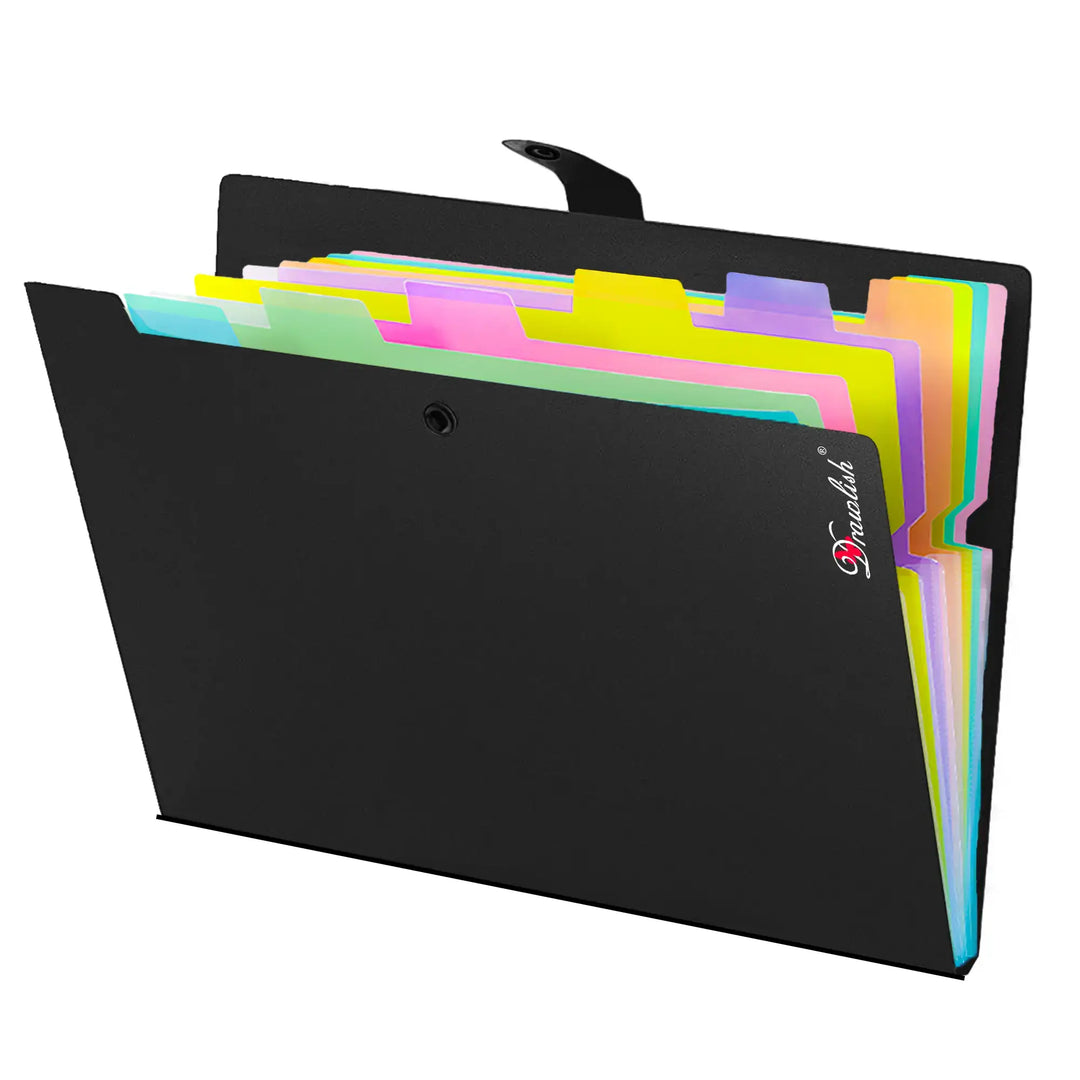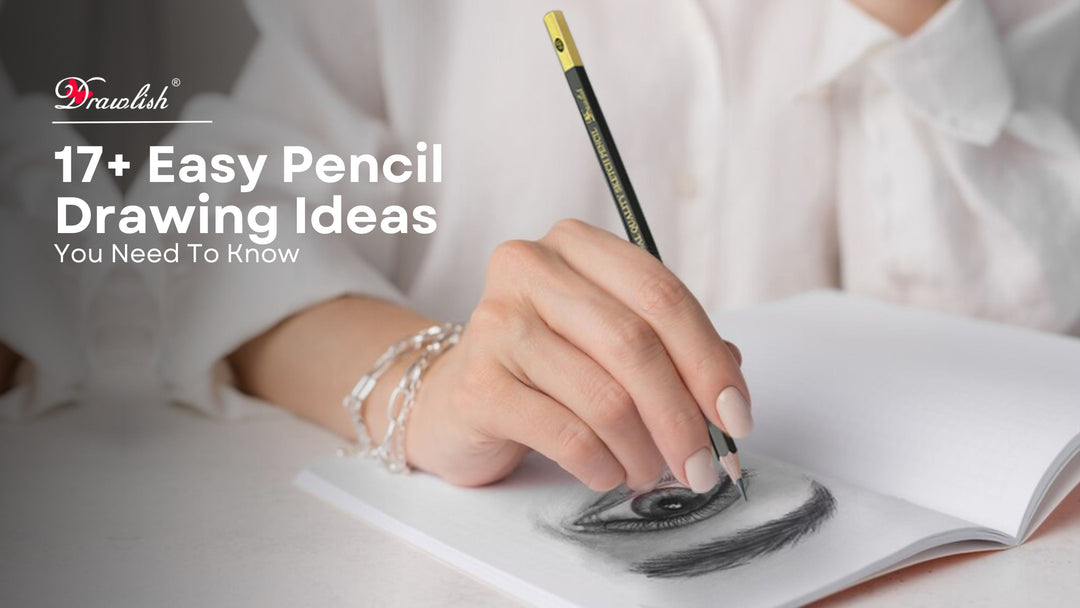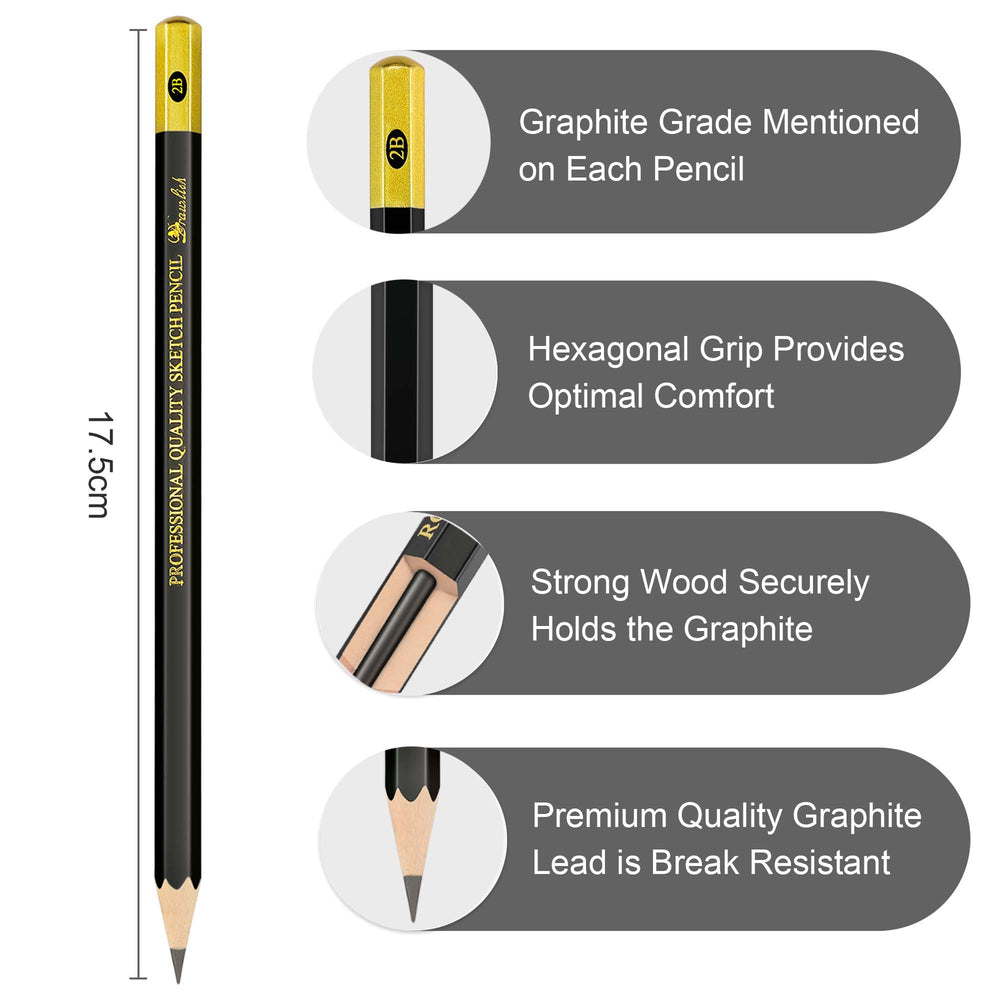Can Paint Pens Be Washed Off?
Paint pens are versatile and fun tools that can be used to create colourful and detailed artwork on various surfaces, such as glass, ceramics, metals, plastics, fabrics, and more. However, one question that many people have is whether paint pens can be washed off or not. The answer depends on several factors, such as the type of paint pen, the surface it is applied to, and the method of washing. In this blog post, we will explore these factors and provide some tips on how to wash off paint pens effectively.
Types of Paint Pens
There are two main types of paint pens: water-based and oil-based. Water-based paint pens use water as the solvent for the pigments, while oil-based paint pens use oil or alcohol as the solvent. The type of solvent affects the drying time, opacity, durability, and washability of the paint.
Water-based paint pens are usually faster to dry, more opaque, less durable, and easier to wash off than oil-based paint pens. They are suitable for indoor projects or temporary artworks that do not require much resistance to water or abrasion. They can also be used on porous surfaces that absorb water well, such as paper, wood, or fabric.
Oil-based paint pens are usually slower to dry, more transparent, more durable, and harder to wash off than water-based paint pens. They are suitable for outdoor projects or permanent artworks that require more resistance to water or abrasion. They can also be used on non-porous surfaces that repel water well, such as glass, ceramics, metals, or plastics.
Surfaces for Paint Pens
The surface that the paint pen is applied to also affects its washability. Some surfaces are easier to wash off than others, depending on their texture, porosity, and chemical composition. Here are some examples of common surfaces for paint pens and their washability:
| Surface | Washability |
| Glass | Easy |
| Ceramic | Easy |
| Metal | Moderate |
| Plastic | Moderate |
| Fabric | Hard |
| Wood | Hard |
Glass and ceramic are smooth and non-porous surfaces that do not absorb the paint well. Therefore, they are easy to wash off with water or mild soap. However, if the paint is cured by heat or UV light, it may become more permanent and difficult to remove.
Metal and plastic are also smooth and non-porous surfaces that do not absorb the paint well. However, they may have some chemical reactions with the paint that make it adhere better or worse. For example, some metals may oxidize or corrode the paint over time, while some plastics may dissolve or soften the paint with heat or solvents. Therefore, they are moderate to wash off with water or mild soap. Again, if the paint is cured by heat or UV light, it may become more permanent and difficult to remove.
Fabric and wood are rough and porous surfaces that absorb the paint well. Therefore, they are hard to wash off with water or mild soap. The paint may penetrate deep into the fibres or grains of the material and stain it permanently. Therefore, it is advisable to use a protective layer or a primer before applying the paint pen on these surfaces.
Methods for Washing Off Paint Pens
The method for washing off paint pens depends on the type of paint pen and the surface it is applied to. Here are some general tips for washing off paint pens effectively:
- Always test a small area first before washing off the whole artwork.
- Always follow the manufacturer's instructions for using and washing off the paint pen.
- Always wait for the paint to dry completely before attempting to wash it off.
- Use warm water and mild soap for water-based paint pens.
- Use rubbing alcohol or acetone for oil-based paint pens.
- Use a soft cloth or sponge for smooth surfaces.
- Use a stiff brush or scraper for rough surfaces.
- Use gentle pressure and circular motions for washing.
- Rinse well with clean water after washing.
- Repeat as needed until the paint is removed.
Drawlish Paint Pens: The Best Choice for Washable Artworks
If you are looking for high-quality paint pens that are easy to wash off from any surface, look no further than Drawlish Paint Pens. Drawlish Paint Pens are water-based acrylic paint pens that come in various colors and sizes. They have extra fine Japanese nylon tips that are perfect for detailed and outline work. They have vibrant and opaque colors that cover well on any surface. They have fast-drying and non-toxic formulas that are safe for every age group.
Drawlish Paint Pens are ideal for creating washable artworks on glass, ceramics, metals, plastics, fabrics, wood, and more. You can easily wash them off with warm water.
Q: Do paint pens wipe off?
A: Once the paint from a paint pen has dried and properly adhered to a surface, it should not easily wipe off with regular handling. However, the permanence can vary based on the type of surface, quality of the paint pen, and whether a protective sealant has been applied.
Q: How do you remove paint pens?
A: Removing paint pens depends on the surface. On non-porous surfaces like glass or plastic, rubbing alcohol or acetone can help. On porous surfaces, it might be challenging to completely remove the paint. Test a small, inconspicuous area first to avoid damage.
Q: Do paint pens come off mirrors?
A: Paint pens typically adhere well to mirrors, especially if they are designed for multi-surfaces. To remove, use rubbing alcohol or a glass cleaner, applying it to a cloth and gently rubbing the painted area.
Q: Does alcohol remove paint pen?
A: Yes, rubbing alcohol can be effective in removing paint pen marks, particularly on non-porous surfaces. Apply the alcohol to a cloth and gently rub the painted area. Test on a small area first to ensure compatibility with the surface.
Q: Are oil-based paint pens removable?
A: Oil-based paint pens tend to be more permanent compared to water-based counterparts. While some traces may be removed with solvents like acetone or paint thinner, complete removal may still be challenging, especially on porous surfaces.
Q: Do acrylic paint pens come off?
A: Once acrylic paint pens have dried and properly adhered to a surface, they generally do not come off easily. Removal attempts on non-porous surfaces may involve scraping or using solvents, but this can damage the surface. Always test in an inconspicuous area first.







Leave a comment